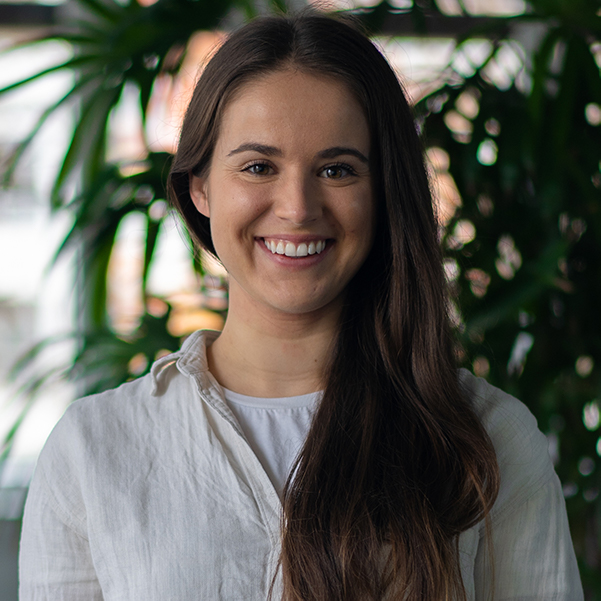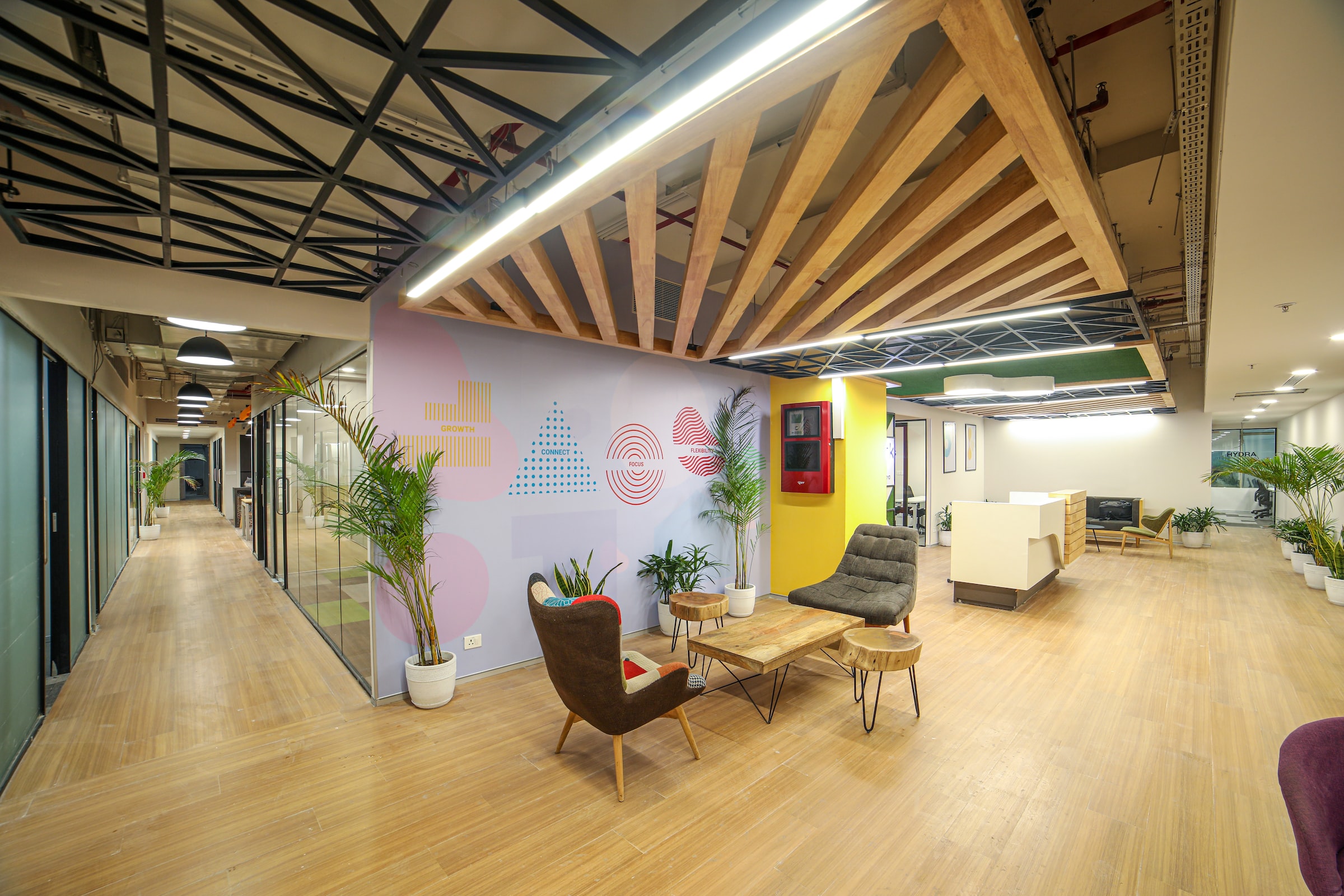The work environment is so much more than physical space. In this episode, Timothy Ahrensbach and Sabine Ehm discuss the 6 layers of building a workplace strategy.
Our work environment expert guest
Timothy Ahrensbach is the Head of Workplace Experience at the LEGO Group. Tim was initially trained as a social scientist and then moved on to earn his master’s degree in urban development. He started his career in London, working for an urban design practice where he looked into how to build better neighborhoods and cities. In 2011, Tim left the practice and co-founded a coworking space. The space was 12,000sqft, just outside Trafalgar Square. This is the place where Tim discovered his love of the workplace.
After a few years, Tim moved on to lead workplace strategy and implementation in countries all over the globe, including the UK, Japan, Denmark, Myanmar, and Kenya. Tim joined the LEGO Group three years ago as a Global Strategist and eventually became the Head of Workplace Experience.
The LEGO Group’s portfolio is big, encompassing factories, offices, and retail stores. The company is headquartered in Billund, Denmark, where it has been for over 88 years. The building is over 500,000 sq ft and holds just under 5000 employees. Billund is also home to one of LEGO’s factories, where a lot of prototyping and testing takes place. Beyond Denmark, the company has regional HQs in the UK, USA, Singapore, and China, as well as sales offices in 30+ countries and many retail stores.
Workplace experience in CRE strategy
Listen to the following clips to gain insight into how Tim tackles workplace strategy.
“[This] is where a workplace becomes not just a physical space, but is a place that showcases the values and the principles of that company. For me, it’s where I know that I work for the LEGO Group, and not just any other company.” – Timothy Ahrensbach
The workplace is now a concept, not just a physical office space. We have seen companies address this from many perspectives over the past couple of decades. Tim likes to analyze the workplace in 6 layers:
- The functional layer – encompasses what you’d expect from an office: the architecture, furniture, etc.
- The operational layer – this layer is more about how things work, and how the space is being managed.
- The Digital layer – this layer is sometimes forgotten, but IT is a huge part of the workplace experience.
- Inspiring work environment – this one is all about creating that special, unique space for your employees; how you know you’re working for your company, and not another.
- Benefits and services – this layer is about what you offer in your workplace. Maybe it’s a community area, a gym, or a coffee shop.
- Community building and engagement – and lastly, this layer is about how people connect both internally and externally. How does this extend to the community outside the company?
How to use these layers to design the work environment
These layers break down a bigger issue: how do we create a welcoming, optimized environment and keep retention rates high? Large companies across the globe have been moving their workplace teams to sit under the People and HR departments. In the past, the only KPIs looked at were people-to-desk ratios. This is because corporate real estate teams sat under finance and only focused on the dollar amount. Now, things have changed. At the LEGO Group, Tim and his team work closely with HR and utilize these 6 layers to make sure they’re adding value beyond the physical space. “How do we make sure that [these layers] come together and create a workplace experience for our colleagues?”
“Hotels know that you need to provide a unique experience for your guests, not only to attract them in but also make sure that they are loyal and repeat customers in the future.” – Timothy Ahrensbach
“It’s not about what they said or did, it’s about how it made you feel.” In this clip, Sabine and Tim talk about how many corporate real estate professionals are looking to the hospitality industry for direction. Tim has studied the field and taken courses to gain a deeper understanding. “There is so much that [the CRE] industry can learn from the hospitality sector”. Hotels must compete, and provide a better experience than others. So, how can companies translate this to the workplace?
Home vs. office environment
In CRE, you’re not only competing with other companies. You’re also competing with the home experience. Since the pandemic, companies have been more lenient on letting workers continue to stay remote. Therefore, the question becomes, what is the office environment providing employees that they aren’t getting at home? Tim describes a fun example: hosting a Friday morning brunch in-office to attract employees. Although this may be enjoyable, it is not particularly memorable. Instead, Tim suggests hosting a french-toast making class in their test kitchen. You can attract employees from their homes by providing these unique experiences they won’t find anywhere else.
Conclusion for designing work environment for “Best Working Self”
The workplace is so much more than just desks and chairs. Tim breaks it down into 6 layers: functional, operational, digital, inspiring, services, and community building. Tim believes creating a workplace strategy starts with taking a step back and looking at how all these layers interact. He believes it is also essential to look to other industries for inspiration. Timothy looks to the hospitality industry to learn more about creating a work environment that is not only unique but also keeps employee retention high.
Listen to this and other Workplace Leader podcast episodes.
Want to learn more about CRE workplace strategy?


 5’
5’



